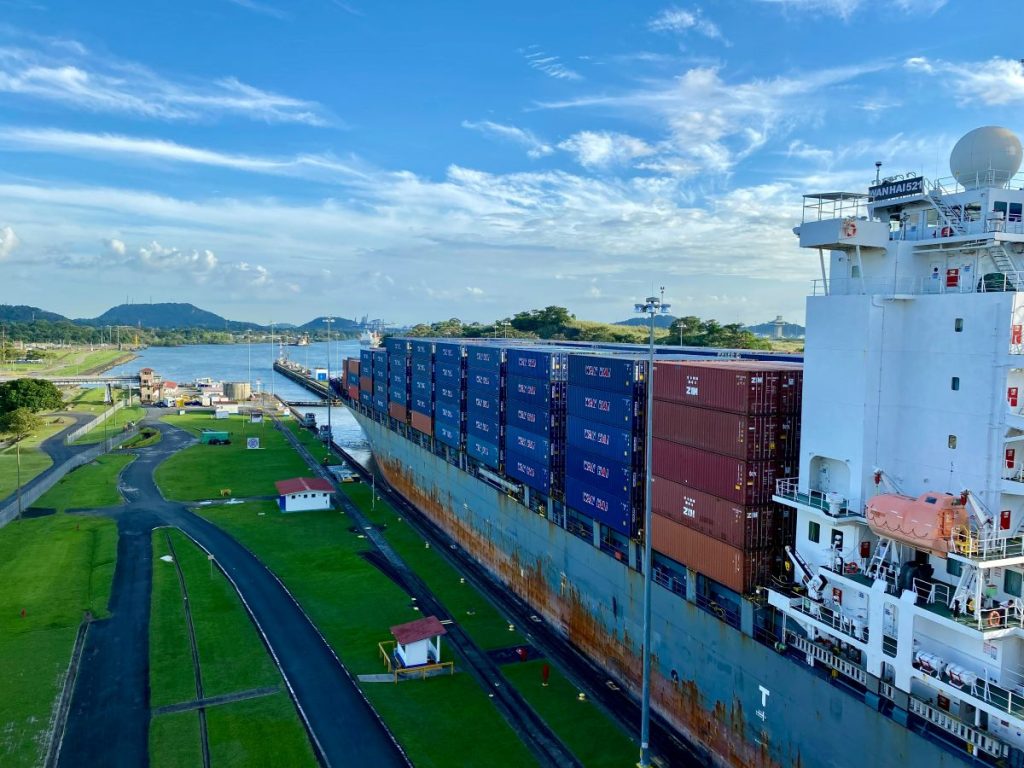A brewing conflict over control of the Panama Canal has emerged as a key battleground in President Trump’s second-term trade policies, raising legal, economic, and diplomatic concerns for global supply chains.
A Renewed Push for U.S. Control
While much of the attention in Trump’s second term has been on tariffs against China, Mexico, and Canada, a new focal point has emerged: the Panama Canal. In his inaugural address, Trump called the U.S. handover of the canal to Panama a “foolish gift” and suggested that Panama has failed to uphold its neutrality commitments, particularly in allowing Chinese influence to grow in the region.
The canal, built and operated by the U.S. until 1999, remains a vital artery for global trade. However, attorney Vanessa Miller, a specialist in international supply chain agreements at Foley & Lardner LLP, argues that reclaiming control would be legally impossible. “There’s no legal pathway to reverse the agreement, and the neutrality treaty lacks any provision for the U.S. to unilaterally take back control,” she explains. Furthermore, any legal challenge would likely need to be heard by the International Court of Justice (ICJ), which the U.S. is not a signatory to, making a U.S. legal claim nearly untenable.
Panama, meanwhile, has a strong economic incentive to retain control, with the canal contributing nearly 24% of the country’s GDP in 2024, according to an analysis by IDB Invest. Any U.S. move to seize the canal by force would risk severe international fallout and potential military escalation, positioning China as a strategic ally to Panama in response to perceived U.S. aggression.
Strategic Negotiation or Empty Threat?
Tiffany Comprés, an international trade and arbitration attorney at Pierson Ferdinand LLP, warns that U.S. intervention in Panama could trigger lawsuits from private investors with financial stakes in the canal. “Any forced action would create immense legal and financial liabilities for the U.S., as it would disrupt trade flows and destabilize regional investments,” she says.
However, Trump’s track record suggests that his ultimate goal may not be full control but rather securing economic and security concessions. This strategy has played out before, with Canada and Mexico making last-minute trade and security commitments to avoid steep tariffs. Already, Panama has shown signs of willingness to make concessions, recently announcing its withdrawal from China’s Belt and Road Initiative following a meeting with U.S. Secretary of State Marco Rubio.
Miller believes a pragmatic resolution is likely. “Rather than an outright takeover, we may see negotiations around infrastructure investment and security enhancements for the canal—outcomes that could align with both U.S. and Panama’s interests,” she notes.
Supply Chain Realities: Navigating Disruption Amid Political Uncertainty
For business leaders, the escalating tensions over the Panama Canal should serve as a wake-up call on the fragility of key trade routes. Beyond potential military or diplomatic stand-offs, the real concern lies in the unpredictability of U.S. foreign policy and how it could disrupt operational continuity. A loss of stability in this corridor—whether due to regulatory pressure, shifting alliances, or unforeseen retaliatory actions—could force businesses to rethink long-term shipping strategies.
Firms with significant exposure to the canal must now model alternative trade scenarios, increase supplier redundancy, and evaluate nearshoring options to mitigate risks. While geopolitical friction has always shaped supply chains, the current climate demands proactive engagement at the highest levels. Companies that fail to adapt to the shifting power dynamics in global trade may find themselves caught off guard in an era where supply chain resilience is not just a best practice but a strategic imperative.



